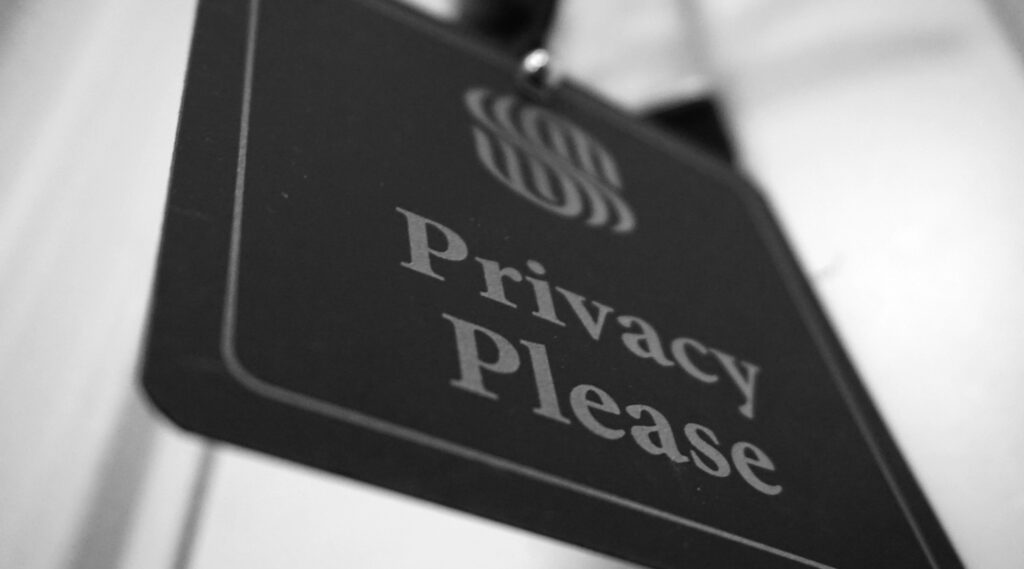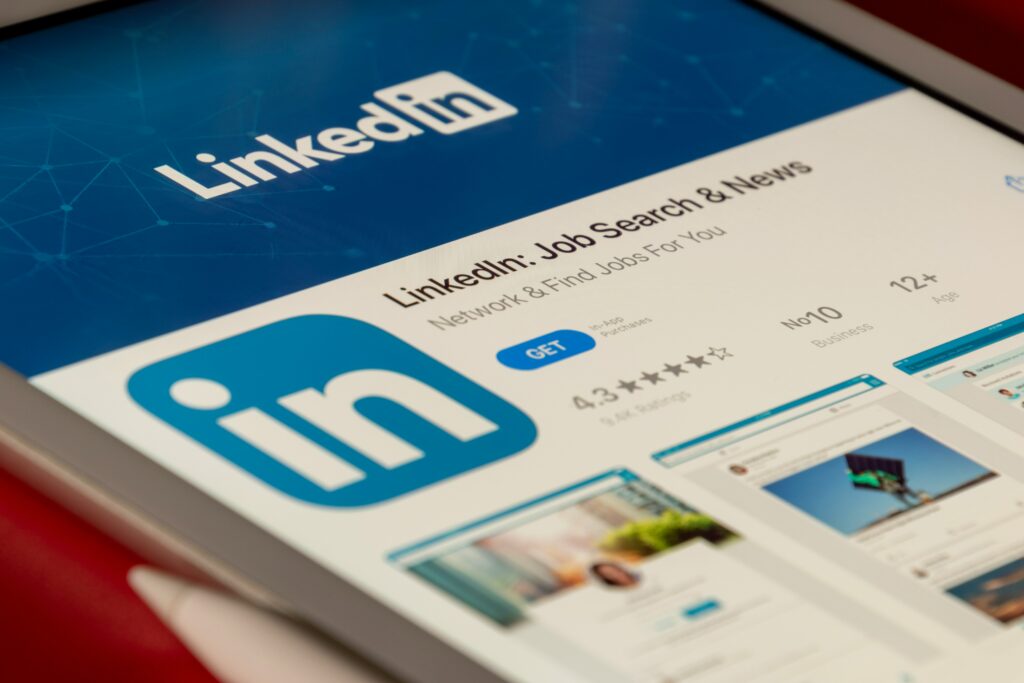What is digital identity?
Digital identity is a collection of information about oneself that is represented online. This encompasses both professional and social aspects, including usernames on various online platforms, profile information, and the digital footprint created through interactions and activities.
How do you present yourself on social media platforms for personal use?
I use Facebook and Instagram. About three years ago, I had some information visible to the public, such as my birthdate, pictures of myself, and places I had been to. However, an incident involving my friend made me reconsider my privacy settings. My friend lost their credit card and, when calling the bank, was asked to provide their birthdate (year, month, day) and phone number since they didn’t have the 16-digit card number. This made me realize how easily someone could access my information if they knew my phone number and birthdate from Facebook.

Since then, I have adjusted my privacy settings and I am careful only to add people I know personally.
What kind of content do you share, and how do you manage your privacy?
I used to share photos of places I visited, like when I went for a hike, to the beach, or to other fun locations. However, for the past year, I have limited my posts to about once every three months, sharing a picture of myself or a place I went to. I found that posting every day took a lot of energy and made me feel like I had to visit new places just to share photos.

On Instagram stories, I share content more frequently, about once or twice a week. This usually includes things I like, such as quotes or motivational videos. To manage my privacy, I ensure that my accounts are private.
What steps do you take to maintain a professional image online?
I follow these steps especially on Linkedin:

- Professional Profile Picture: I use a professional picture, not a selfie, to create a positive first impression.
- Detailed Work and Education Information: I ensure that my LinkedIn profile is complete with detailed information about my work experience, education, skills, and achievements. I keep this information updated to reflect my current status and accomplishments.
How do personal versus professional approaches to digital identity affect social media use?
With personal use, you’re sharing content with family and friends, such as photos, videos, and personal updates. In contrast, with professional use, you’re sharing content that might help you get a job or advance your career. For example, if you’re applying to be elected to a position at school, you would want to share achievements and qualities that make people want to elect you.
Reflect on the challenges and benefits of maintaining personal and professional digital identities. How do you ensure they complement rather than conflict with one another? Provide examples from your own experiences.
Challenges:
Maintaining personal and professional digital identities requires understanding the differences between them. For example, content shared on Instagram is not suitable for LinkedIn. Recognizing these distinctions is crucial to avoid conflicts between personal and professional personas.
Benefits:
- Separation of Content: By keeping personal and professional content distinct, I ensure that my professional image remains polished and appropriate for my career aspirations.
- Privacy Management: Separating personal and professional accounts allows for better control over who sees my content and how my information is used.
How I Ensure They Complement Each Other:
- Distinct Email Addresses: I use different email addresses for each social media account and purpose. For instance, I have separate email addresses for school, work, and banking, each incorporating my name in a unique way.
- Privacy Settings: I adjust privacy settings on personal accounts to limit access to friends and family, while keeping my professional accounts more open to networking and career opportunities.
Examples from My Experiences:
- Professional Image on LinkedIn: I post updates about my academic achievements and work experiences.
- Personal Sharing on Instagram: I share photos from hikes, trips to the beach, and other personal experiences.
Looking ahead, how do you plan to manage your digital identity as social media continues to evolve? What steps will you take to adapt to new platforms and trends while maintaining a consistent and positive digital presence?
Privacy, privacy, privacy!
Steps:
- Limit Public Sharing: Don’t share everything publicly. You never know, in five years, someone might dig up your old posts, and it could cause problems at work or elsewhere.
- Blur People in Videos: When sharing videos, make sure to blur the faces of people around you. Your video might go public, and those people could potentially sue you.
Adapting to New Platforms and Trends:
- Consistent Professionalism: Always keep a professional tone, no matter the platform, to ensure your online presence supports your personal and career goals.
- Regularly Review Privacy Settings: Regularly check and update your privacy settings to make sure your personal information stays secure.
Leave a Reply
You must be logged in to post a comment.